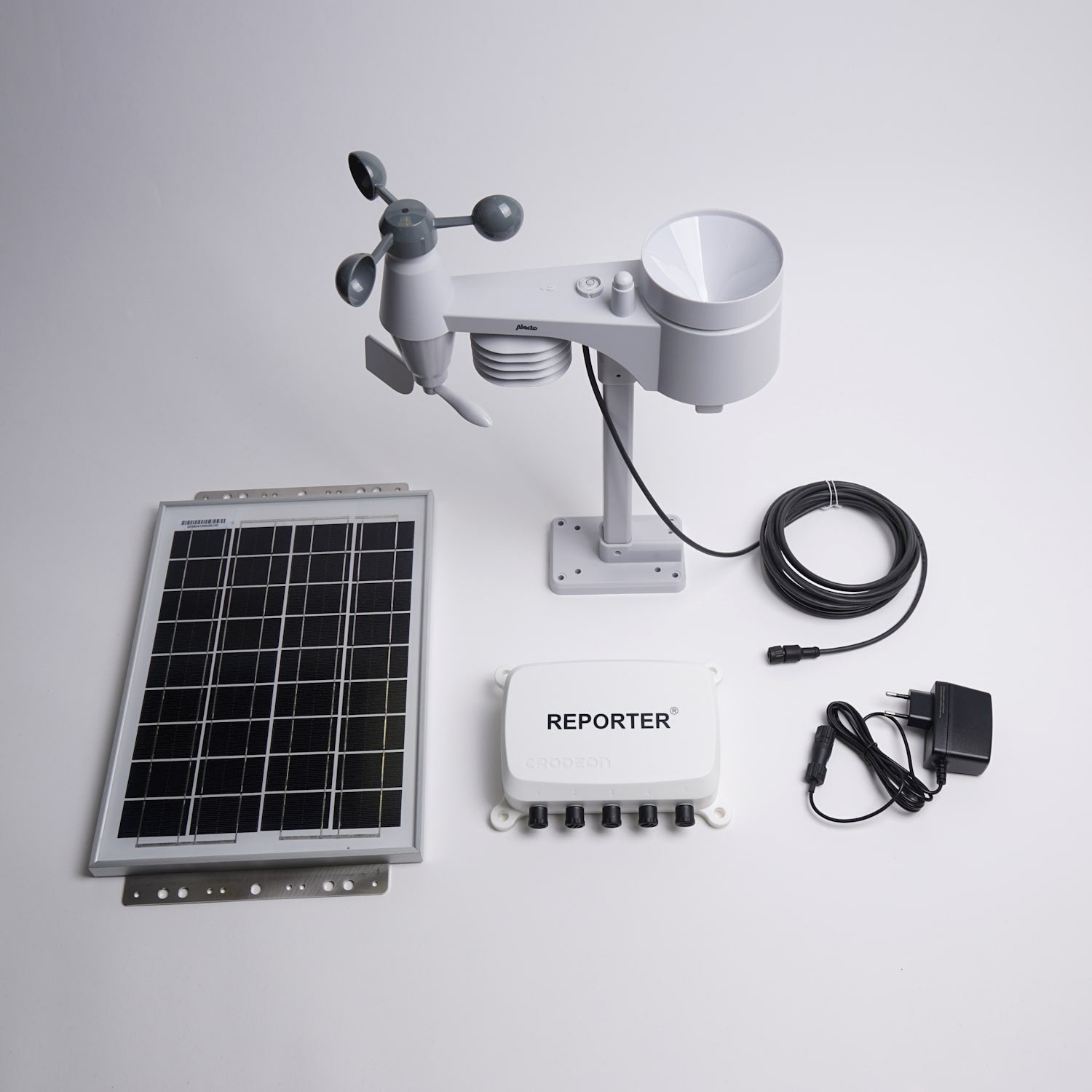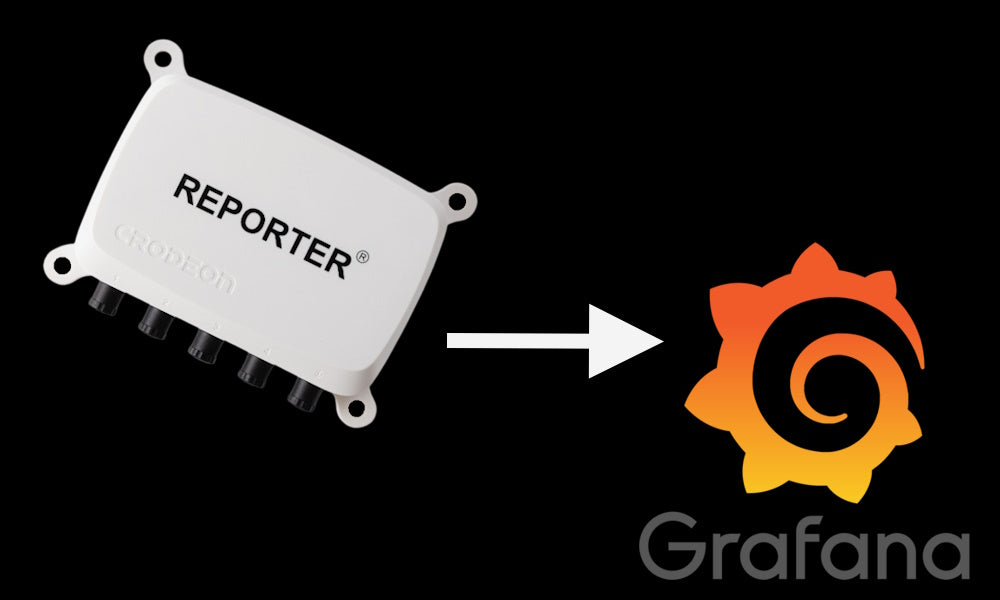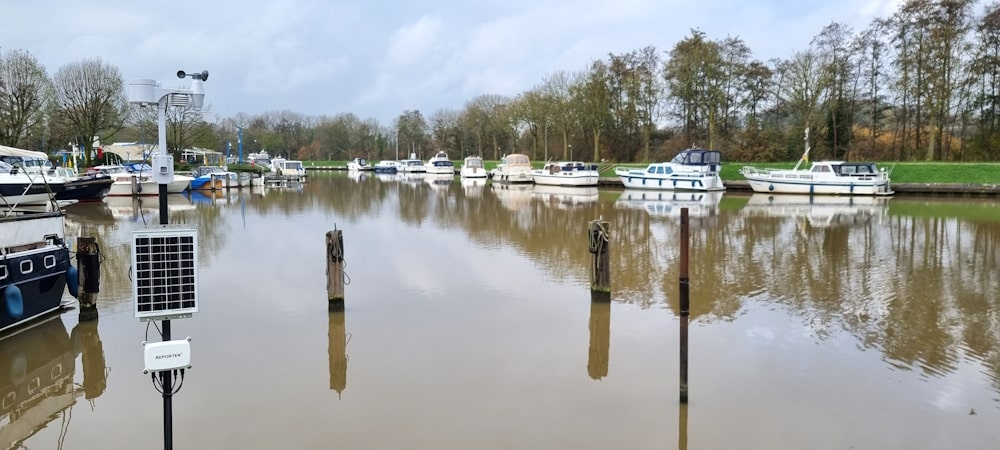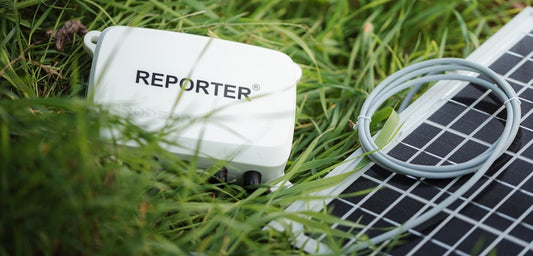A Weather Station with API
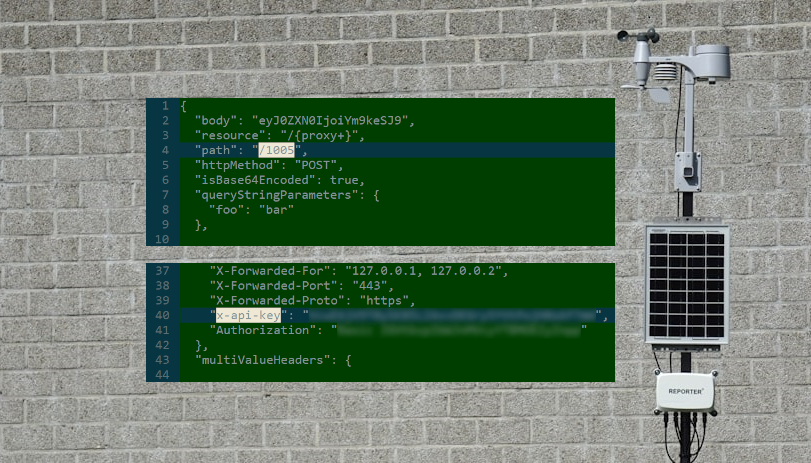
In this blog we provide you with all the information you need to know about our weather station with API. What are the advantages of a weather station with API over a weather station without? We also demonstrate a few case studies, so you get a good idea what a weather station with API is used for.
What is a weather station with API?
A weather station with API typically consists of sensors that measure various meteorological parameters such as temperature, humidity, wind speed and direction, and precipitation. Apart from the sensors it also contains a device that transmits the measurement data to a server. The server stores the data and makes it available to users through the API.
To access the data, users can make HTTP requests to the API using a variety of programming languages. The API will then return the requested data in a standardized format (such as JSON). The API may require users to authenticate themselves using an API key or other method, and may also impose rate limits on the number of requests that can be made per unit of time.
When do you need a weather station with API?
There are several situations in which a weather station with API might be more useful than a normal weather station:
- If you need to integrate weather data into an existing system or application, an API can make it easy to retrieve and use the data.
- If you need real-time or near real-time weather data, a weather API can allow you to access the most up-to-date information.
- If you need to collect and analyse large amounts of weather data over a long period of time, an API can make it easier to retrieve and process the data.
- Another reason to use an API to access weather data is to centralize your data.
- If you need to customize the data that you receive (e.g., only temperature and humidity), an API can allow you to specify exactly what weather data you want to retrieve.
- If you need to access weather data from multiple locations, a weather API can allow you to retrieve data from multiple stations.
- If you want to use the weather data to feed predictive models in your programs.
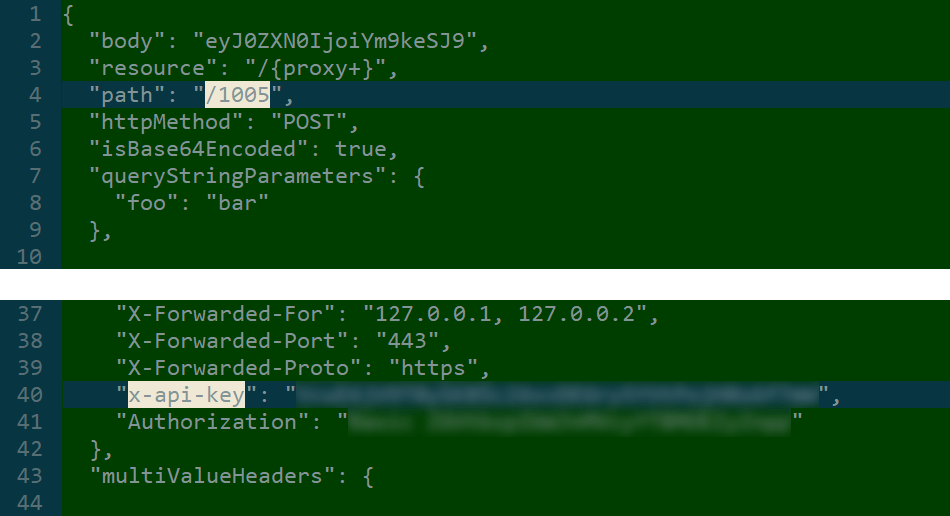
Weather station with API: case studies
Some of our clients choose to use a weather station with API to realise their projects. Below we highlight some of our client's success stories.
Sustainable blueberry farming
Let's take this experiment with blueberry bushes for example. A software program was able to calculate the exact amount of water that the bushes were to receive, based on the precipitation that fell and the soil moisture in the bushes' root zone.
Read the full blog about this experiment below:
Optimising HVAC systems
Even for large factories a local weather station with API can be very useful. One of our clients uses their station to measure the temperature, wind and humidity of the outside air around their building. Through the API this weather data automatically helps them regulate the amount of ventilation inside the factory and determines how much outside air is being pulled in. Weather data can thus be a real help with optimising HVAC systems.

Public display of data
Weather API access also gives you the opportunity to publicly display your measurements. One of our clients wanted to keep his followers up to date about his project and chose to show the weather data on his website. Graphs were automatically updated through the API.
How does our weather station with API work?
Our weather station works in combination with our plug & play sensor module Reporter. As a Crodeon customer, you are free to use the Rest API. You can call all Reporter data from external systems to the dashboard in real-time.
What makes the Crodeon weather station with API so unique is its versatility combined with its autonomy. Reporter's power can either be provided through the grid or through its own powerful solar panel. The internet connection is established through a SIM card which uses the GSM network. This makes Reporter the ideal solution for the most remote places where a WiFi connection is impossible.
Reporter sends its weather data to the cloud platform called Crodeon Dashboard, which is remotely accessible 24/7. All of our sensors are accessible through an API when you use Reporter. By using API access you can automate your measuring project. This could include activities such as automatically watering fruit or other crops.
Legacy weather systems are often more complicated in use and expensive to buy than the Crodeon weather station with API. Noteworthy is that Reporter offers three additional connectors after the weather station has been installed, which gives you the opportunity to install other interesting sensors for your project.
For example, groundwater level, pressure, soil moisture or water flow, combined with a relay output module, give you the opportunity to thoroughly measure the weather and fully automate your project.
Our API
If you want to know more about how to use our API, be sure to check out this blog:
You can also read our API documentation.
Don't hesitate to contact us if you have any other questions.

FAQ about a weather station with API access
When would you need a weather station with an API?
If you want to automatically integrate your weather data into your own software or dashboard, it would be useful to use an API. This allows your own software to read and extract the measurements that your weather station measures.
What data does a weather station with an API measure?
A weather station with API measures wind (peak windspeed, average windspeed, wind direction), rain, relative humidity and temperature (dry bulb, wet bulb and dew point). It's possible to add different sensors to the Crodeon weather station that would allow you to also measure soil moisture, sunlight and other parameters.



